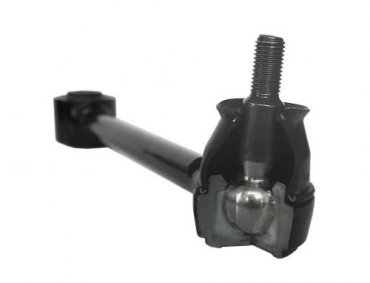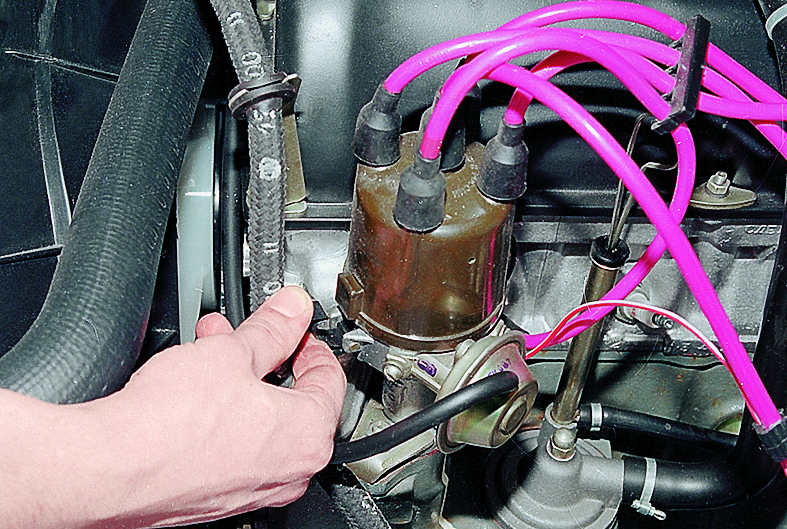
What Causes Shock Absorber Leaks?
Every car, truck, and utility vehicle sold today has at least one shock absorber (informally known as a shock absorber) for each wheel. (Note that sometimes these shock absorbers are referred to as struts. A strut is simply a shock absorber that…
Every car, truck, and utility vehicle sold today has at least one shock absorber (informally known as a shock absorber) for each wheel. (Note that sometimes these shock absorbers are called struts. A strut is simply a shock absorber located inside a coil spring, the name is different but the function is the same.)
How does a shock absorber work?
A shock absorber or strut consists of one or more pistons that pass through thick oil as the wheel it is attached to moves up and down. The movement of the piston through the oil converts mechanical energy into heat, dampening the movement and helping to stop it; this helps prevent the wheel from bouncing after each impact. The oil and piston are sealed in a closed container and under normal conditions the oil does not leak and never needs to be topped up.
Note that the shock absorber does not actually absorb the impact of bumps; this is the work of springs and some other suspension components. Rather, the shock absorber absorbs energy. A car without shock absorbers will bounce up and down for a while after each impact; the impact absorbs the rebound energy.
Unfortunately, shock absorbers and struts can break or wear out. The three things most likely to go wrong with shock are:
Seals may become brittle or rupture, causing fluid to leak; after losing a certain amount of fluid (about ten percent of the total), the shock loses its ability to absorb energy.
The entire shock absorber or piston that moves inside it can bend on impact; a bent shock absorber may not move properly or may leak.
Smaller parts inside the shock absorber can wear out over time or due to impact.
These problems are almost always due to one of two things: age and accidents.
shock age: Modern shocks and struts are designed to last for several years and over 50,000 miles, but over time the seals wear out and begin to leak. Your owner's manual may list the time or mileage to change a shock absorber, but that's a guideline, not an absolute: driving style, road conditions, and even how much dirt can affect a shock absorber.
Accidents: Any suspension accident can damage the shock absorbers; a bent or dented shock almost always needs to be replaced. After a major crash, the repair shop will inspect your shock absorbers to determine if they need replacing, but it's important to understand that for this purpose, "accident" includes not only major crashes, but anything that particularly vibrates the suspension, including hitting curbs, large rocks and deep potholes, or even a rock that gets kicked off when you're driving down a dirt road.
When one of these fails, it is almost always necessary to replace the shock absorbers, as they usually cannot be repaired or simply refueled. It is also important to replace a failed shock absorber as soon as possible because a vehicle with a failed shock absorber can become difficult to drive in an emergency due to excessive wheel bouncing.
With all of this in mind, how can a vehicle owner tell a shock absorber needs to be replaced? First, the driver may notice one or more changes:
- The trip can get bouncy
- The steering wheel may vibrate (if the front shock absorber has failed)
- The vehicle may nose dive more than usual when braking.
- Tire wear may increase
Because many of these effects can also be symptoms of bad wheel alignment or other mechanical problems, it's best to take your car to a qualified mechanic if you notice any of these; after all, you may not need new shocks (and alignment is a bit cheaper than new shocks).
Also, your mechanic may notice a leaky or damaged shock absorber when inspecting the vehicle or making adjustments. In fact, in some cases, adjustment will not be possible if the shock (or especially the strut) is damaged. If the shock absorber is just leaking, alignment will still be possible, but a good mechanic will notice the leak and advise the owner. (Also, a mechanic will be able to identify a true leak by the slight moisture that sometimes occurs during normal operation of a working shock absorber.)
Finally, after an accident, your mechanic should inspect any shock absorbers or struts that may have been engaged, as they may need to be replaced. If you are involved in an accident that does not appear to require repair (for example, a hard run into a pothole), be especially alert to any possible changes in the ride or handling of your vehicle; You may want to check the car just in case.
One final note: if you're replacing a shock due to age, wear, or an accident, it's almost always better to replace a pair (both front or both rear) because the new shock will perform differently (and better) than the old one, and imbalance can be dangerous. .
